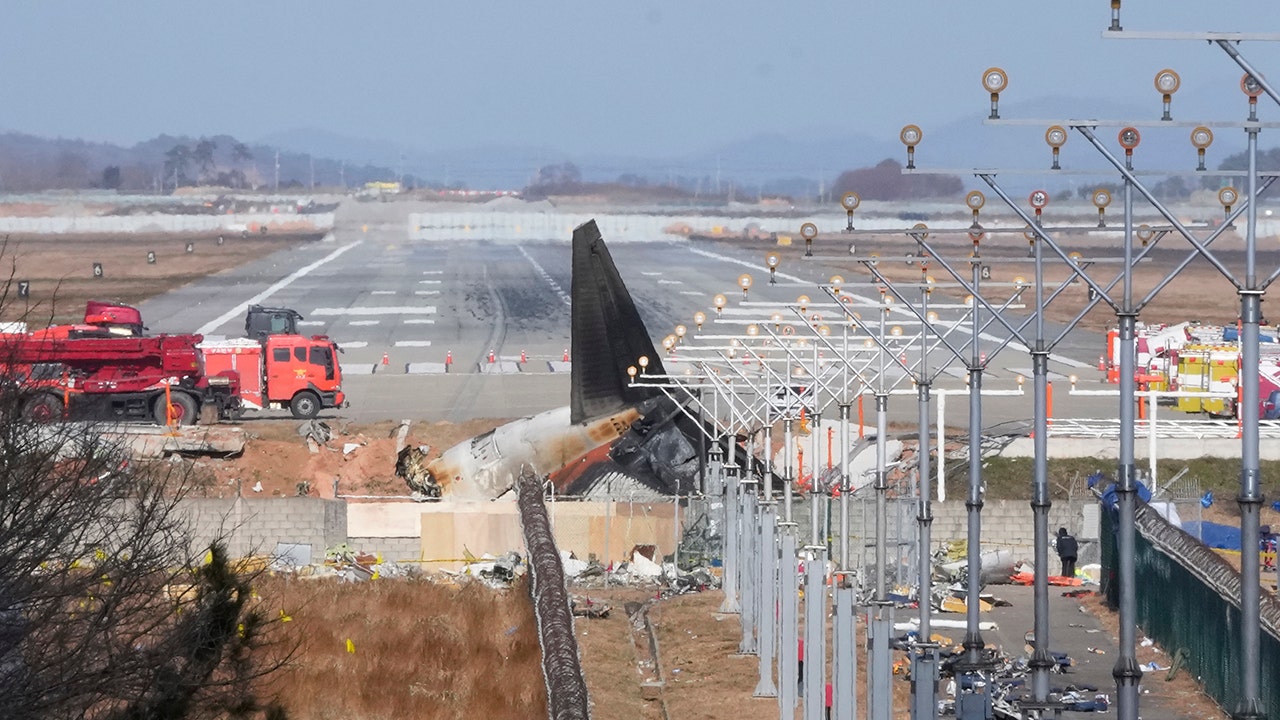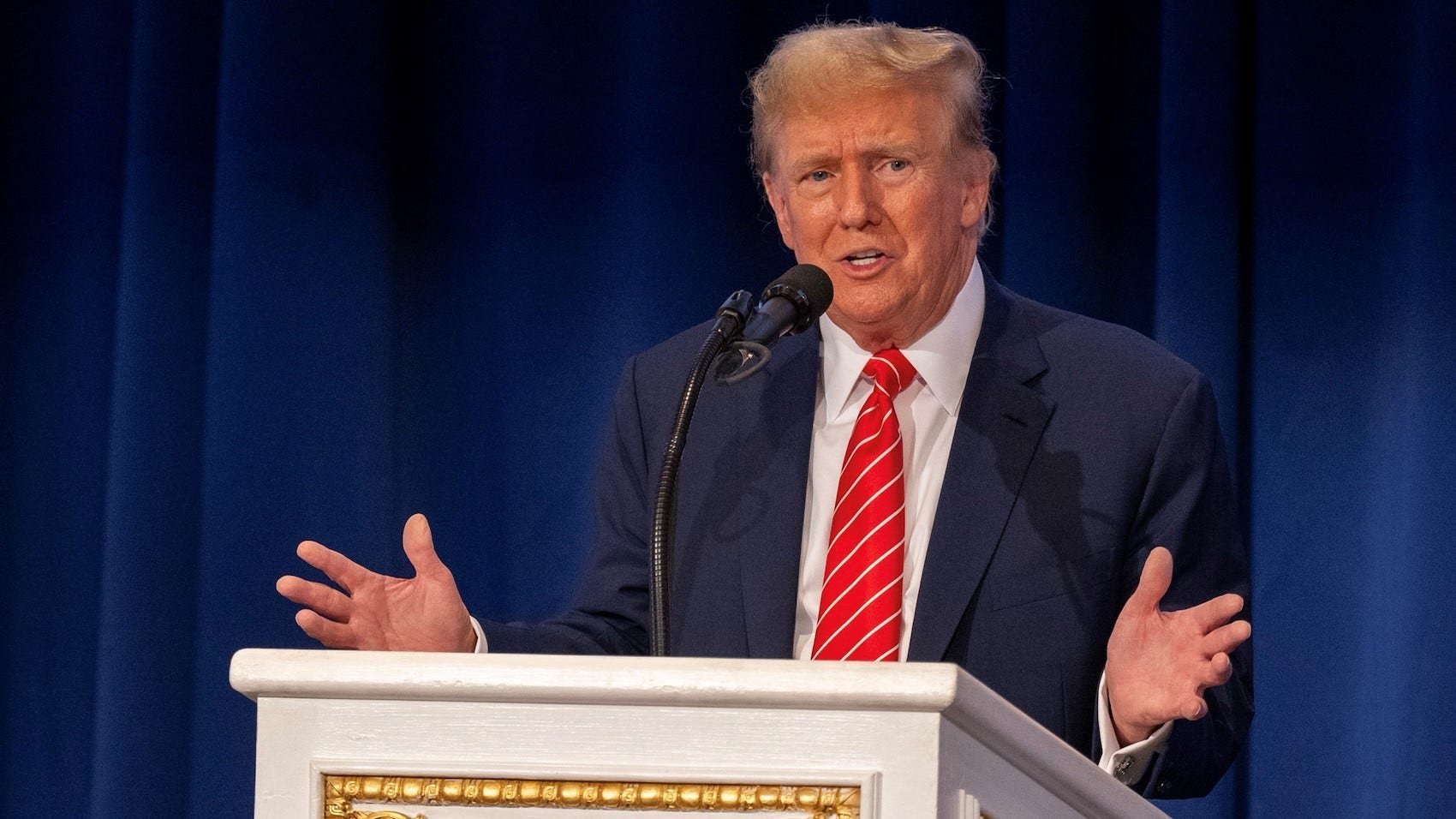TEMPE—The No. 21 Arizona GymCats last defeated rival Arizona State during the regular season on Feb. 22, 2016. They also outscored the Sun Devils in the 2017 Pac-12 Championships. It’s been all ASU since then.
Those days are over. Arizona defeated ASU by almost a full point. The final score was 196.650 to 195.725, a huge gap in NCAA gymnastics. It was a huge opportunity for the program, and the GymCats seized it.
“Dual meets, it’s really hard (to win),” Arizona head coach John Court said. “We knew that to come up here in this environment…that we needed to do our best performance. We went 24 for 24, which was great. We had season highs in three of the events, which you got to play at your best on the biggest stage. And we went ESPN2 live across the country and showed our program off. That is amazing. You don’t get a lot of opportunities like that to show the A across the nation for women’s gymnastics. Get your first Big 12 win. Get a Territorial Cup point.”
ASU has not had a strong start to its season. The Devils came in ranked lower than Arizona in bars and beam, both by significant amounts. On floor exercise, ASU is ranked 25th to Arizona’s 26th. On vault, the advantage was No. 26 to No. 33. That had the Devils ranked No. 34 overall, well behind their in-state rivals.
Arizona took the lead from the jump, going up 49.175 to 48.825 after the first rotation and never looking back. The GymCats broke 49 points on all four rotations. ASU had a 49+ on bars and beam but was below the mark on floor and vault.
Vault was a deciding factor in the meet. In the past, the GymCats often gave up several tenths on the event because they don’t perform any vaults that start from a 10.0. This year, it was an even match as ASU performed a slate of 9.95 vaults, as well.
Arizona had five vaults that scored at least 9.800. Even the low score of 9.775 is often a score the GymCats would keep. On Sunday afternoon, it was the score they dropped. Meanwhile, the Sun Devils had just two vaults break 9.800. Arizona sophomore Abigayle Martin won the event with a 9.875.
“We don’t have any 10.0 vaults so we have to be clean and we have to land,” said Arizona assistant coach Shelby Martinez. “I think knowing that we are at a disadvantage because our ceiling is lower than every other event that we do, but that’s okay. It doesn’t have to be a disadvantage to our total team score. It’s just important going in. We know what we have to do.”
Martin is one of three GymCats performing the all-around this season and has really taken to the role. She finished third of five gymnasts with a 39.325 on Sunday but gave Arizona scores it could use on all four events.
“I love it,” Martin said. “It’s definitely been my dream since I was a kid, to come in and do everything in college. So that’s been great. I actually prefer it to last year, when I would did like two or three, because there’s no waiting. It’s just go, go, go. And I think that that’s great for me because it’s less time to think. And I’m someone who does better just kind of being relaxed and settling in and going.”
Senior Emily Mueller won the all-around for the second time this season. She did it with a career-high 39.425. The 9.775 on vault was her lowest score of the day. She went for a 9.825 or better on the other three events and won the balance beam with a career-high score of 9.925.
The beam was where Arizona put a bow on its wire-to-wire victory. The teams went into the final rotation with Arizona leading 147.375 to 147.000. After both leadoff gymnasts went 9.800, ASU ran into its first problem.
Sun Devil gymnast Sarah Clark scored 9.450. With Gianna Lenczner scoring 9.775 on the beam for Arizona, it was imperative that the Sun Devils drop that score.
Things got more difficult when Mueller put up her 9.925 in the third spot. On floor, ASU responded with a 9.775 from Halle Braaflat, its third gymnast.
Another huge setback followed for ASU. Lilia Purler stepped out of bounds on one of her tumbling passes and ended with a 9.600. While there was still a possibility of dropping Clark’s 9.450, it meant that Purler’s score would have to count.
Things got even better for Arizona with its fourth gymnast on beam. Sophomore Tirzah Wise, who was inserted into the beam lineup for the first time in her career last week, scored a 9.900.
“When Emily went 9.95, that was big,” Court said. “Tirzah going 9.9, too. Career high, career high, back to back. It was a great way to close out the competition.”
When Kimberly Smith scored a 9.700 on floor and Martin countered with a 9.850 on beam, the meet was essentially over. Elena Deets didn’t have her best routine to anchor the beam for Arizona, but she made it mathematically impossible for ASU’s Emily White to score high enough for the Sun Devils to overtake the GymCats.
The GymCats got season highs on every event except floor exercise. Their overall score was also a season high.
Arizona improves to 7-1 on the season and moves up to No. 20 in the rankings. While overall records are not hugely important in college gymnastics, being 1-0 in the Big 12 and landing in the top 20 nationally are important.
Conference standings determine which teams will be in the second session of the league championships at the end of the year. That session tends to get bigger scores even when routines are similar to those performed in the early session. The average of certain season scores will determine which 36 teams advance to NCAA Regionals.
“I think it means everything, and I think that this team is so invested in one another and invested in Arizona gymnastics that it just makes perfect sense,” Martin said. “Like, why not us? I think that coming into the year, we knew that this one would be a harder one. I think we have an underclassmen-dominant class. There’s 12 freshmen and sophomores, so we knew that we’d really have to bond together to come and do something like this. And it’s really great to see us come together and win.”
Lead photo courtesy of Arizona Athletics













/cdn.vox-cdn.com/uploads/chorus_asset/file/25848588/DeepSeek.jpg)











/cdn.vox-cdn.com/uploads/chorus_asset/file/25835602/Switch_DonkeyKongCountryReturnsHD_scrn_19.png)






